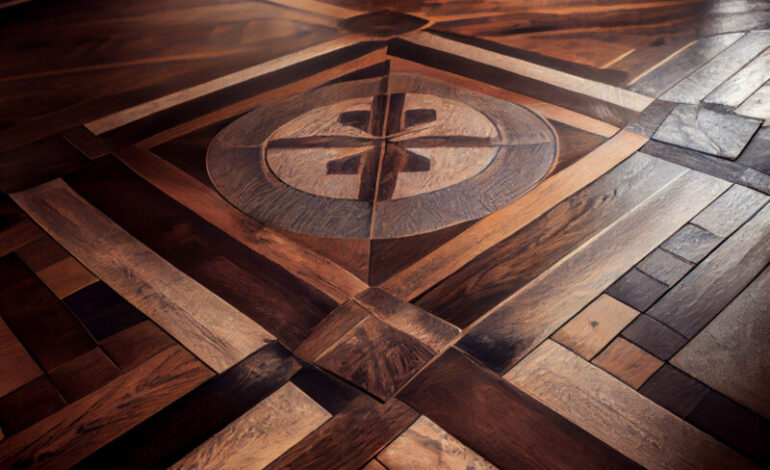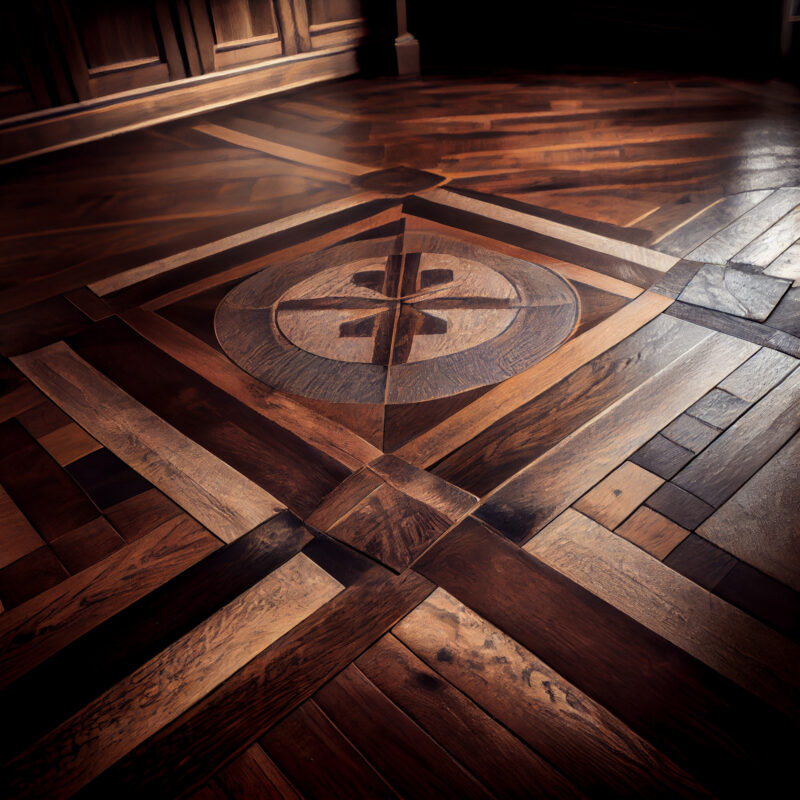How To Remove Old Vinyl Tiles
REMOVING OLD VINYL TILES: WHY YOU SHOULD ALWAYS EXERCISE CAUTION!
So you’ve just purchased a commercial building that was constructed in the 1970s. You love everything about it—the large windows, the location, the office space, and the HVAC system—with the exception of the flooring throughout. Perhaps you want to install porcelain tile, laminate, or quality luxury vinyl tile. Maybe the existing vinyl floor is tattered, wearing down, curling up at the seams, or heavily stained from years of abuse. Either way, it has to go. But this looks like a do-it-yourself job.
Removing Old Vinyl Tiles Is Not As Easy As It Seems
It could be quite fun to recklessly rip out the vinyl tile to take out your pent-up life frustrations (you did just put a huge down payment on the building that will make you cringe every time you look at your bank statement). It’s simple. Just rip out the entire floor and dispose of it when waste management comes to pick it up, right? Not necessarily. There is a dirty little secret that many people don’t know about older vinyl floors, and floor manufacturers don’t like to disclose this secret, either.
What you don’t know and what they don’t disclose could potentially have serious implications for the health of you and your employees. Prior to 1980, residential and commercial vinyl flooring alike used asbestos as a filler because of its insulating qualities. While this practice has long been discontinued in most cases, many commercial areas and homes still have vinyl tile with asbestos filler.
How To Remove Old Vinyl Tiles: Save Yourself From Unnecessary Trouble
Now, before you cause yourself unnecessary alarm, simply walking on or being in the presence of these vinyl tiles will not harm you; thanks to copious amounts of misinformation, asbestos retains the same negative connotations as radioactive plutonium. While asbestos—a naturally occurring silicate with thin fibrous crystals—is neither radioactive nor dangerous to touch, its tiny microscopic fibers can be seriously hazardous to your health when inhaled. Mesothelioma, asbestosis, and other pleural abnormalities have all been linked to varying degrees of asbestos exposure. So, before you find yourself calling some television ambulance chaser to get you that $1 million settlement because you mercilessly ripped up a vinyl floor with asbestos in it ages ago, take the necessary precautions when replacing any vinyl floor, especially if you don’t know its origins. All the money in the world won’t bring your health back, so you might as well take preventative measures against potentially harmful asbestos exposure.
There Are Certain Materials To Ease The Job For You!
In many cases, identifying floor tiles that contain asbestos is quite simple. Perhaps a box of extra vinyl floor tiles was left behind in case of future repairs. Any literature found in the box should indicate all the materials used in the vinyl tile. If this material is unavailable, it is best to send in a sample from one of the tiles to a National Voluntary Laboratory Accreditation Program (NVLAP) certified laboratory to determine the presence of asbestos. In spite of available literature on the Internet replete with photographs of vinyl tiles containing asbestos, sending a sample into a lab is the only sure-fire way to know. A list of NVLAP certified laboratories can be found on the organization’s website.
Finish Up Removing Your Old Vinyl Finish
Once the materials used in the vinyl tiles are determined, the simplest thing to do is install a new floor over the old material, as this will not disturb the asbestos and keeps it from becoming airborne. If you decide to completely tear out the old floor, make sure that you disturb the tiles as little as possible, and certainly avoid violent demolition. We recommend that professionals should be used when doing this type of work, as careless removal can result in air contamination. Once the material is removed, contact your local sanitation department for a hazardous waste pick-up. If you choose to transport the material to a landfill yourself, make sure to call them beforehand, since not all landfills accept asbestos.
Hopefully, your old floor is asbestos-free so you can enjoy the fun of recklessly demolishing it with jackhammers, power saws, M80s, machine guns, or whatever other ordnance you wish to use. But always check the contents of the old vinyl floor before removal, especially if you know the vinyl tiles were installed prior to the 1980s.

Jason Lehr is a seasoned freelance copywriter and research specialist with a passion for crafting compelling content. With over a decade of experience, he has written for a diverse range of clients, including startups, small businesses, and Fortune 500 companies. His expertise spans multiple industries, including Technology, Home & Garden, Home Improvement, and healthcare. Jason's ability to conduct thorough research and distill complex information into clear, concise copy is unmatched. He prides himself on his attention to detail, exceptional communication skills, and commitment to delivering top-notch work. When he's not writing, Jason enjoys traveling and exploring new cultures.

